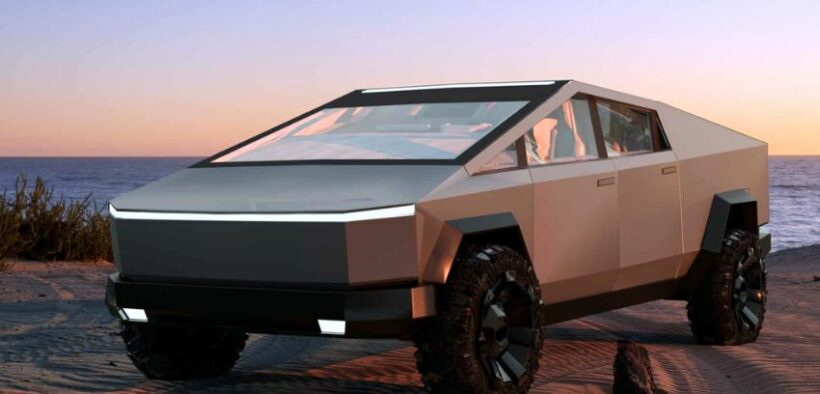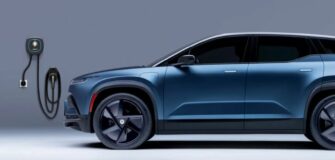Deciphering the Tesla Cybertruck: Balancing Act of Price and Range

As Tesla gears up to roll out the much-anticipated Cybertruck, a groundbreaking revelation awaits: What will be the true cost of this revolutionary electric pickup? The answer not only determines the fate of Tesla’s latest innovation but could potentially reshape the landscape of the entire automotive industry. Join us as we explore the intricate dance between the Cybertruck’s price and range, navigating the challenges and expectations that could define its success.
From Hype to Reality
When Elon Musk first showcased the Cybertruck prototype in 2019, it sent shockwaves through the industry. Priced at just $49,900 for a mid-tier version with over 300 miles of range, it positioned itself as a compelling alternative to America’s best-selling pickup, the Ford F-150. Fast forward four years and the automotive terrain has evolved, posing new challenges for Tesla. The question lingering in the air is whether the Cybertruck can maintain its competitive edge amid rising costs and manufacturing hurdles.
Setting the Benchmark
If the Cybertruck aims to align itself closely with the F-150, its price might see an uptick, potentially reaching the $60,000 mark. This juncture becomes crucial in defining the Cybertruck’s identity — is it a utility vehicle accessible to the masses or a symbol of extravagance? The pricing strategy will undoubtedly influence the market’s perception and acceptance of Tesla’s bold venture into the realm of electric trucks.
The Make or Break Factor
Beyond the price tag, the Cybertruck’s success hinges on its battery range. Particularly significant for truck owners who often tackle heavy loads at highway speeds, an impressive range becomes a critical factor. General Motors’ Chevrolet Silverado EV, boasting a 450-mile range, sets a new benchmark. To assess Cybertruck’s competitiveness, evaluating the vehicle cost per mile of range becomes paramount, reflecting its value proposition in a market with diverse preferences.
The Challenge of One-Size-Fits-Most
Tesla’s streamlined manufacturing strategy, effective for its existing models, faces a unique challenge with the Cybertruck. Unlike traditional automakers offering an array of sub-variants and trim packages, Tesla’s one-size-fits-most approach may encounter resistance. The diverse needs of construction workers, suburban parents, ranchers, and adventure enthusiasts often demand tailored solutions, a characteristic not inherently embedded in Tesla’s manufacturing philosophy.
Crucial Crossroads
Tesla’s overarching challenge with the Cybertruck lies in striking the right balance between functionality and design. For traditional pickup buyers, accustomed to a plethora of choices catering to specific needs, the Cybertruck must present not only a visually appealing option but also one that fulfills practical requirements. Jessica Caldwell, head of insights for Edmunds, emphasizes that a compelling price, akin to the F-150 Lightning’s $50,000 starting point, is crucial to garnering acceptance in the traditional pickup market.
Tesla’s Unique Market Segment
Despite these challenges, Cybertruck appears to have a devoted fan base within Tesla’s existing customer pool. A Bloomberg survey revealed that 37% of Tesla owners considering a new vehicle in the next two years were contemplating the Cybertruck. This niche market could provide a robust initial sales boost, but the broader challenge lies in appealing to the mass market, where acceptance may not be as immediate.
In conclusion, the Tesla Cybertruck, with its intricate interplay of price and range, symbolizes not just an electric truck but a potential harbinger of change in the automotive landscape. The coming weeks will unravel whether Tesla’s bold vision aligns with the expectations of the masses or remains a beacon for a select few. As the automotive industry witnesses this unfolding saga, the Cybertruck stands at the crossroads of innovation, challenging conventions, and reshaping perceptions. How it navigates this terrain will undoubtedly leave an indelible mark on the future of electric trucks and, perhaps, the broader automotive narrative.









